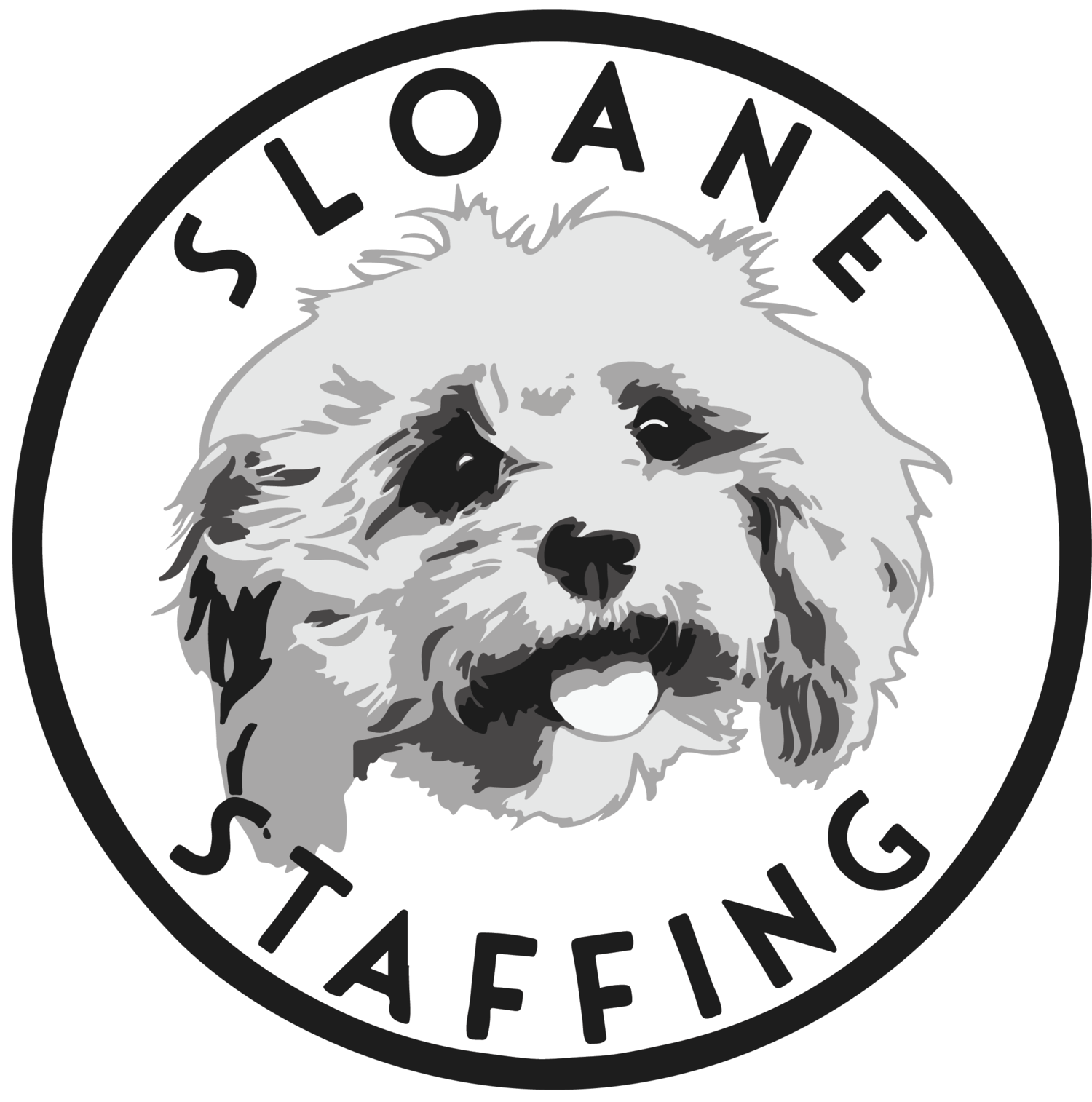The Bridge Between Sales And Marketing Lies With Leadership
Sales and Marketing are not at war. Despite much thought leadership to the contrary, more than ever we are seeing brands combine their sales and marketing workflows seamlessly. But there needs to be a critical reevaluation of leadership within and above both industries: how they align and how they goal-set in our New Normal and how executive-level workers are central to this.
The ease of new, adaptable applications to blur the CRM/Sales/Marketing lines, the rise of brand-focused sales, the re-evaluation of KPI’s in the wake of COVID-19: to say brands are still fighting an unwinnable war between Sales and Marketing is simply not true.
However, leadership is still a focus. The eagle-eyed CEO should be able to get a read of their sales teams and marketing teams, and understand how characters within each team collaborate and align with the other.
The only way Sales and Marketing teams with firms of any size don’t work is if the human element doesn't want it to work. Sales and Marketing are like legs on the human body - they can and often do work independently of the other but they both serve the same purpose - motion. If one fails, the whole body fails or slows down considerably.
So “bridging” the gap between Sales and Marketing is enormously important. But there also needs to be equal focus on the maintenance of that bridge, and the foresight required to stop bad practice creeping back into the fold when relationships are stable.
What Are The Signs Of A Bad Sales/Marketing Relationship?
Poor alignment between Sales and Marketing is down to:
Leadership bias
If the executive team feels that one sector deserves more attention, funding, support or elevation, that will be at the detriment of the other. Marketing and Sales are so intertwined an imbalance can cause workplace inefficiency, resentment, poor skills retention, and dispute.
Poor internal comms
In the age of hybrid workplaces and the move to remote working, it’s inevitable that communications will need to adapt to meet changing demands. Poor internal comms simply means no alignment. If Marketing teams aren’t able to adapt to customer feedback, the issue lies with the Sales team not telling them, rather than the nature of the complaint or the marketing product’s first iteration.
Poor close rates
Sales teams are the front line relationship builders with customers. If they don’t have the tools to be able to do their job, Sales will plummet. Closing a deal is a balance between adept sales technique and communicating a solution to a problem. If the solution is poorly formed, inadequately delivered or in no way reflective of the item advertised, Sales teams are working with one hand tied behind their back. And while Poor close rates are caused by many things, analysis of your marketing efforts needs to be paramount.
How do you stop misalignment creep?
Picking up on our “two legs” metaphor, the best way to keep both legs aligned is a shared vision - both legs understanding what the end goal of a movement is. If it’s walking two steps, one follows the other. If it’s kicking a ball, one leg stabilizes the other, while the other swings. In other words, a co-owned, collaborative strategy, consistently focused on the end goal.
This requires an executive level, cross-party style of leadership hinging on:
Goal Proximity
Sales and Marketing should have the same goals - whatever they are, communicate them equitably between each team, and create an environment of shared goal ownership. This is a “brain trust” system of work, typified by joint ownership of the creative process, and the ability to question and re-frame workflows to meet demand without either department feeling impinged on, unfairly criticized or de-platformed.
Joint Process
Whether it’s incorporating a new SaaS platform into your team’s workflow, or simply encouraging weekly catch-ups, exec leaders need to take ownership of the process of workflow and communications. There are so many MarTech and SalesTech platforms available to create a joint working environment: use them, and you’ll see improved communications, better project follow-through, less email traffic, and more productivity.
Reward and Recognize as One
Executive leaders have to provide realistic feedback to both Sales and Marketing teams in direct response to both success or failure. Hiding behind siloed approaches to workflow cannot and will not work. Teams will become resentful or distrustful, or further entrench opinions of their ability or perception of the other teams’ lack of ability. The process of reward and recognition needs to be context-based, equitable, and open.
Leaders, then, are central to alignment between Sales and Marketing. They both serve the same end goal, but when you’re in the trenches of either industry it’s hard to see the forest for the trees. Leaders need to create the context, reinforce the goals and reward equally.

